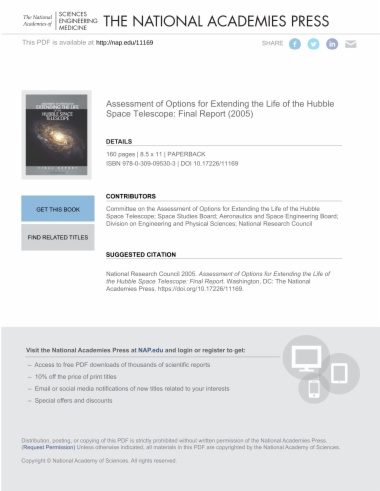

Aquifer storage and recovery (ASR) is a process by which water is recharged through wells to an aquifer and extracted for beneficial use at some later time from the same wells. ASR is proposed as a major water storage component in the Comprehensive Everglades Restoration Plan (CERP), developed jointly by the U.S. Army Corps of Engineers (USACE) and the South Florida Water Management District (SFWMD). The plan would use the Upper Floridan aquifer (UFA) to store as much as 1.7 billion gallons per day (gpd) (6.3 million m3/day) of excess surface water and shallow groundwater during wet periods for recovery during seasonal or longer-term dry periods, using about 333 wells. ASR represents about one-fifth of the total estimated cost of the CERP.
Aquifer Storage and Recovery in the Comprehensive Everglades Restoration Plan examines pilot project from the perspective of adaptive assessment, i.e., the extent to which the pilot projects will contribute to process understanding that can improve design and implementation of restoration project components. This report is a critique of the pilot projects and related studies.